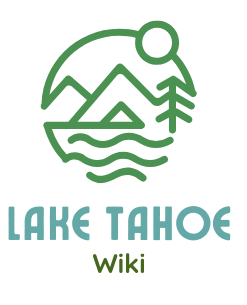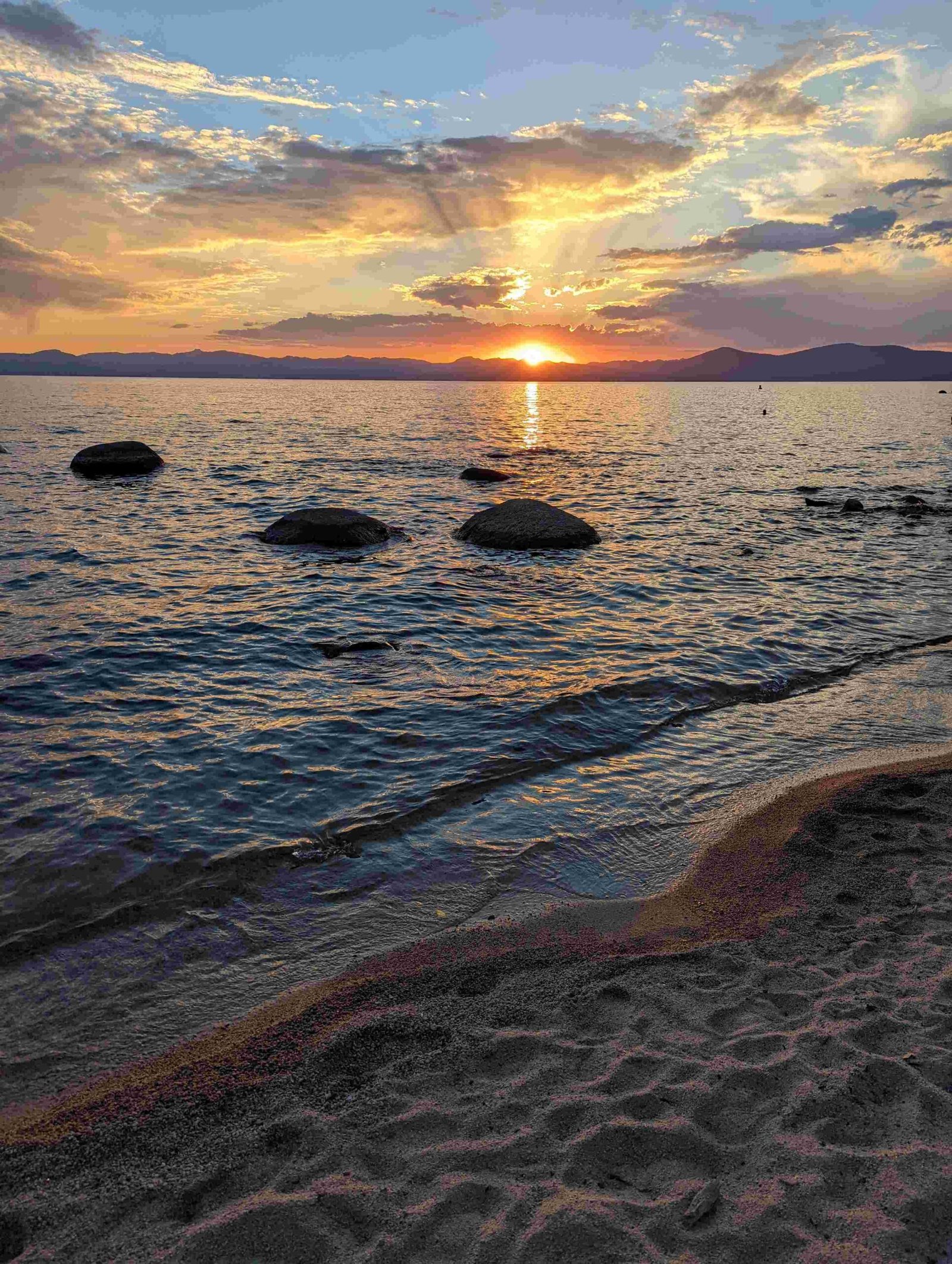Lake Tahoe’s history is a captivating tapestry of indigenous culture, pioneering exploration, environmental transformation, and recreational evolution. Spanning over 10,000 years, this alpine region has witnessed dramatic changes from the Washoe tribe’s sacred homeland to a world-renowned destination, experiencing gold rush impacts, logging industries, tourism development, and conservation efforts that have shaped its unique cultural and ecological landscape.
What Defined the Early Native American Presence?

The Washoe tribe were the original inhabitants of Lake Tahoe, living harmoniously with the environment for millennia. Their deep connection to the land was evident in their sustainable practices and spiritual reverence for the region.
Cultural Characteristics of Washoe People
| Aspect | Description |
|---|---|
| Territory | Lake Tahoe Basin and surrounding Sierra Nevada regions |
| Language | Washiw (Washo) language |
| Primary Activities | Fishing, hunting, plant gathering |
| Spiritual Connection | Considered lake as sacred spiritual center |
How Did European Exploration Impact Lake Tahoe?
John C. Fremont’s 1844 expedition marked the beginning of significant European interaction with the region. His exploration opened pathways for subsequent settlers, miners, and developers who would dramatically transform the landscape.
Key Exploration Milestones
- 1844: John C. Fremont’s initial discovery
- 1849: California Gold Rush begins
- 1859: Comstock Lode discovered in Virginia City
- 1869: Transcontinental railroad arrives
What Economic Forces Shaped Lake Tahoe?

The Comstock Lode triggered massive economic transformations, driving lumber industries and attracting thousands of prospectors. Nearly 80% of the basin’s forests were cleared to support mining operations, fundamentally altering the ecological landscape.
Economic Development Phases
- Mining Era (1850-1880)
- Extensive timber harvesting
- Silver and gold extraction
-
Infrastructure development
-
Tourism Emergence (1880-1920)
- Luxury resorts established
- First automobile arrivals
- Recreational infrastructure development
How Did Environmental Conservation Evolve?
Conservation efforts became critical as environmental degradation became apparent. The Tahoe Regional Planning Agency (TRPA) was established to manage developmental and ecological challenges.
Conservation Milestones
- 1960: Winter Olympics highlight recreational potential
- 1969: TRPA formation
- Ongoing: Water clarity preservation projects
- Current Focus: Climate change mitigation strategies
What Cultural Transformations Occurred?
Lake Tahoe transitioned from a Native American homeland to a multicultural recreational destination, experiencing significant demographic and cultural shifts.
Cultural Evolution Timeline
| Period | Dominant Cultural Characteristic |
|---|---|
| Pre-1844 | Washoe tribal culture |
| 1844-1900 | Pioneer and mining culture |
| 1900-1960 | Emerging tourism and recreation |
| 1960-Present | Diverse recreational and conservation culture |
What Modern Challenges Does Lake Tahoe Face?
Contemporary Lake Tahoe confronts complex environmental and developmental challenges, including:
- Invasive species management
- Water quality preservation
- Sustainable tourism development
- Climate change adaptation
Ongoing Conservation Strategies
- Strict environmental regulations
- Ecosystem restoration projects
- Public education initiatives
- Collaborative research programs
Conclusion
Lake Tahoe’s history represents a remarkable journey of cultural resilience, environmental transformation, and human adaptation. From indigenous roots to a globally recognized destination, the region continues to evolve while honoring its rich, multifaceted heritage.

